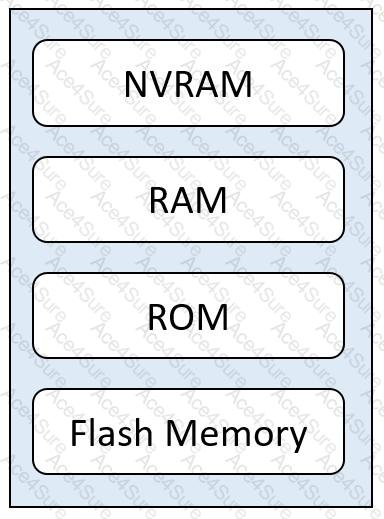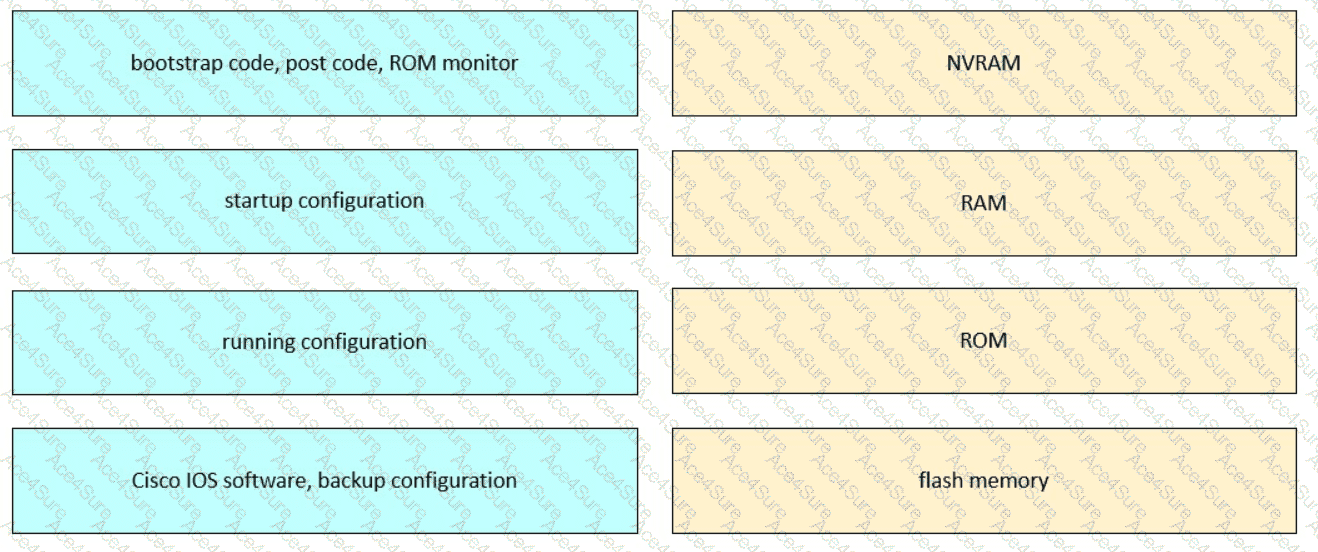NVRAM → Startup configuration
RAM → Running configuration
ROM → Bootstrap code, POST code, ROM monitor
Flash memory → Cisco IOS software, backup configuration
Each memory type in a Cisco device serves a specific function in the boot process and runtime operation. NVRAM retains configuration across reboots, RAM is volatile and holds active configs, ROM handles initial boot tasks, and flash stores the operating system.
This content is covered thoroughly in"Cisco Equipment and Related Hardware"in the FLDTEC curriculum. Here's the breakdown:
ROM (Read-Only Memory)
Stores bootstrap code, POST (Power-On Self-Test), and ROM Monitor.
These are essential for the device’s initial power-on operations and recovery modes.
NVRAM (Non-Volatile RAM)
Holds thestartup configuration file, which is loaded during the boot process.
Content remains intact after a reboot or power cycle.
RAM (Random Access Memory)
Stores therunning configurationand current operational state of the router or switch.
Also used for routing tables, ARPcache, and packet buffers.
Data is lost when the device is powered off or rebooted.
Flash Memory
Contains theCisco IOS image, system files, and can storebackup configurations.
It is a non-volatile storage, so it retains data after reboots.



